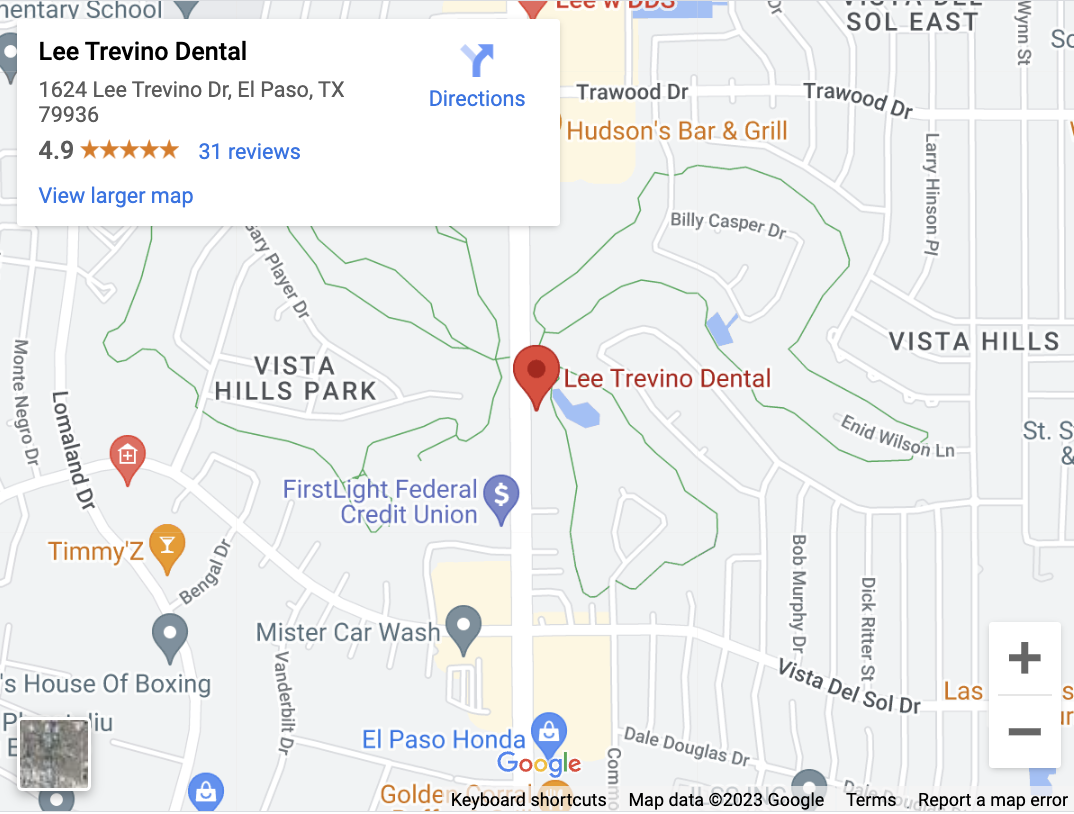The world never fails to amaze with its rapid technological advancements. Whether it is handheld devices performing extraordinary tasks, artificial intelligence capable of conversing, virtual reality that takes us to another world, or smart technologies in everything from refrigerators to thermostats, to self-driving cars, we are constantly seeing the amazing human potential manifest itself in breathtaking inventions that help improve and change the world. The field of dentistry is no different. Scientists in the field have a few innovative technologies up their sleeve. Let’s take a look at what is on the horizon for the exciting field of dentistry.
A Visit From AI
Artificial Intelligence is making its way to your dentist office. Somewhere in the distant future, AI will be used to help to highlight potential problems in patients through the reading of radiographs. This will reduce the occasional errors in diagnosing caries and can enhance patient education tool that helps people with becoming aware of diseases and better understand their treatment options.
Smart Scheduling. Another way that AI will be used in your dentist office will be the implementation of smart scheduling. This technology can increase productivity in the receptionist staff, reduce scheduling conflicts, and leave staff with more time for patient interaction and care.
Faster Communication. Improving and facilitating communication between patient and dentist and/or staff can be improved through the use of some of this technology. For example, for follow up or post-op instructions or questions, smart communications can assist in bridging that gap.
Growing New Teeth
It sounds like something out of a science fiction movie, but today’s advancements are such that several possibilities in the growth of new teeth or teeth regeneration are not only probable but almost inevitable. And the way to new teeth? Stem cells.
Stem cells that grow new teeth. This innovative approach to teeth regeneration can eventually allow dentist offices to produce new teeth in-house. This will not only expedite patient recovery and minimize visits but it might actually cost less than one of today’s implants. Part of the research for this technology included looking and shark and snake teeth, which regrow rapidly when one has been broken. While there are still a lot of questions to be answered in terms of how to make this happen, the seed has been sewn. There are still a few missing links. Scientists need to find a way to produce two types of cells: epithelial cells and mesenchymal stem cells and are currently working on how to do that more effectively. Recent studies conducted showed success in growing living tissue in teeth from extracting these cells from baby’s teeth. The reason is that these regenerative cells exist in babies as they are developing their own set.
Then came the lasers. Another approach to the regeneration of teeth includes the use of powerful lasers that stimulate the cells into regrowth. A group of researchers from Harvard Wyss Institute have succeeded in growing rat teeth with this system. The lasers trick the teeth into forming new dentin, which could very well have direct implications for the dental industry and bone restoration. Lasers can also be used to detect cavities, reduce tooth sensitivity, and more.
Enter the 3D printer. We have seen just how powerful 3D printers can be. From printing dice to guns to musical instruments. New printers might be used for the creation of dental models that are accurate enough to be used by your dentist. The technology offers some versatility as well in terms of affordability, scalability, and reliability.
Keep Your Eyes Open For These Technologies
Meanwhile, take care of your teeth. Just because the possibility of growing teeth in the near future might be looming, doesn’t mean you neglect your oral health today. It is still vital to visit your dentist every six months for a routine checkup and to treat caries and cavities appropriately. Growing a tooth is near, but it might take a few years before these innovations hit the market, are vetted and approved by the FDA and other regulatory agencies. Until then, floss, brush, and smile.


